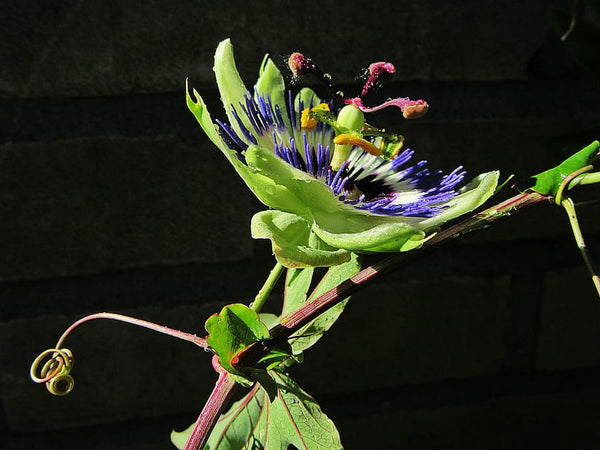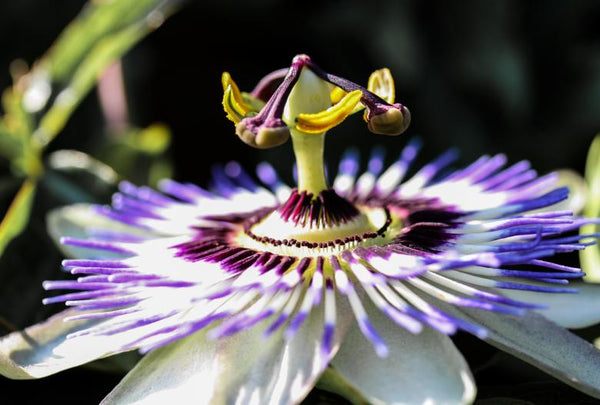Passion Flower Pest & Disease Protection
Insects
Organic Controls
Horticulture Oil
Aphids, Flea Beetle, Whiteflies, Spider Mites, Thrips
Bug Buster-O
Aphids, Flea Beetles, Whiteflies, Moths, Armyworms
Monterey BT
Caterpillars, Cabbage Loppers
Take Down Garden Spray
Aphids, Flea Beetle, Whiteflies, Moths
Diatomaceous Earth
Cutworms, Ants, Slugs
Sluggo Plus
Slugs
Treat as needed using label instructions.
Common Diseases
Organic Controls
Complete Disease Control
Gray Mold, Leaf Spots, Anthracnose, Powdery Mildew
Treat as needed using label instructions.





































